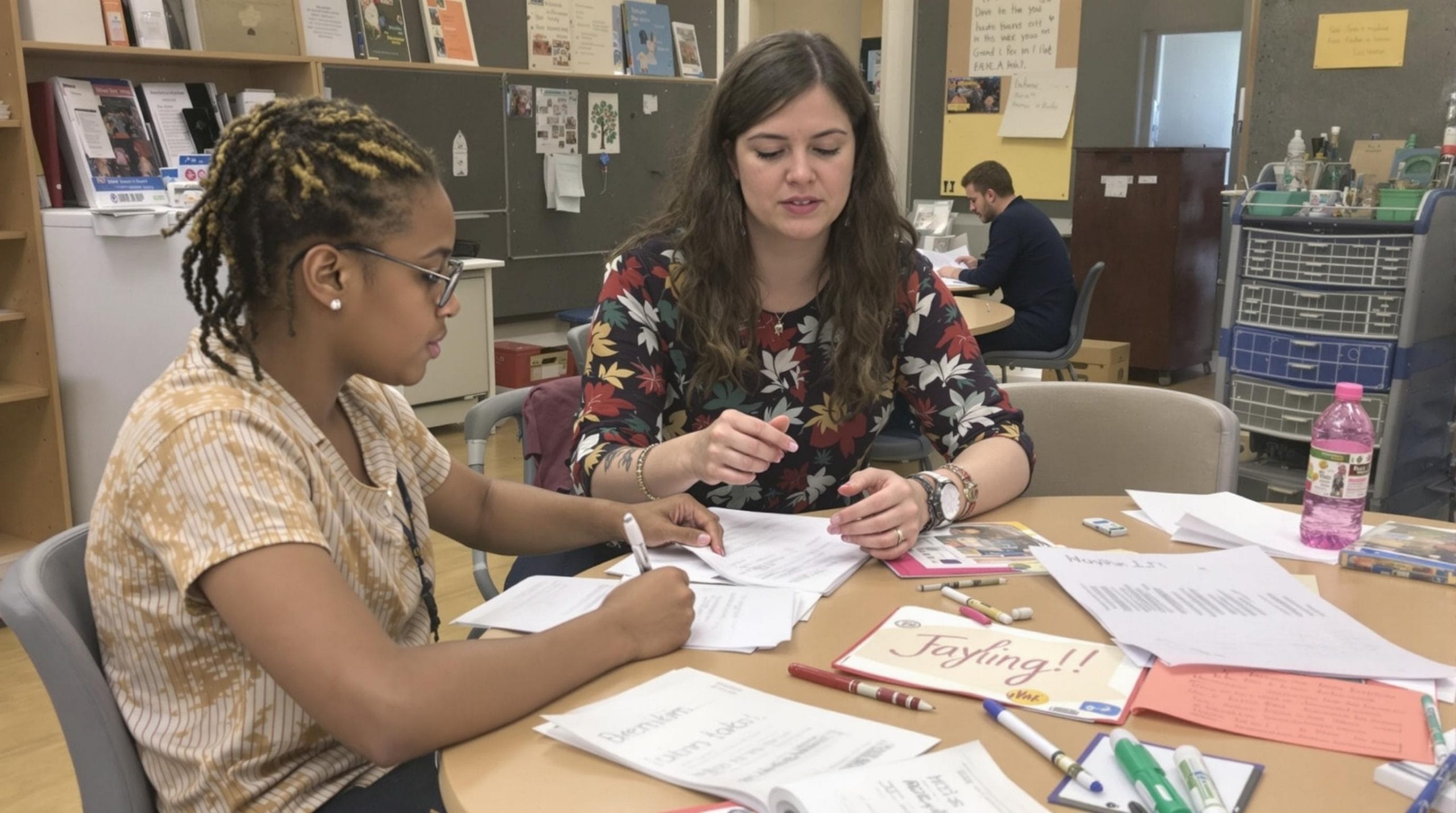How to Start a Podcast with Your Grandparents’ Stories
Starting a podcast with your grandparents’ stories taps into a powerful movement where over 584.1 million people worldwide listen to podcasts in 2025, creating an unprecedented opportunity to preserve intergenerational storytelling through digital media. This approach transforms personal family history into accessible digital archives while bridging generational gaps in an era where elder wisdom faces the risk of being lost forever.
Key Takeaways
- Podcast listenership reached 584.1 million globally in 2025, making it an ideal medium for preserving cultural heritage and family stories
- Video podcasts are preferred by 40% of listeners, offering enhanced storytelling possibilities for intergenerational content
- Simple recording tools and accessible technology make it easy for grandparents to participate in digital storytelling projects
- Proper archiving with metadata tagging ensures stories remain searchable and accessible for future generations
- Intergenerational storytelling programs show 100% completion rates and significantly improve social connections for older adults
Why Your Grandparents’ Stories Matter More Than Ever
The power of intergenerational storytelling extends far beyond simple entertainment. According to psychologist Robyn Fivush, these narratives give elders a stronger sense of self and pride while helping younger generations understand resilience and their roots. The practice builds empathy and solidarity across communities, offering a vital solution to address social isolation that affects up to 61% of older adults in aged care settings.
Oral history preservation through podcasting creates lasting impact by transforming personal memories into accessible digital formats. Story sharing strengthens both individual and community identity, providing younger people with invaluable life lessons while giving elders a meaningful way to contribute their wisdom. This approach particularly benefits indigenous stories and cultural traditions that risk being lost without proper documentation.
Planning Your Podcast Format and Structure
Define your purpose before recording your first episode. Are you archiving family memories, highlighting community heritage, or bridging generational gaps? This clarity shapes every subsequent decision about format, length, and distribution strategy.
Choose a podcast format that suits your storytelling goals:
- Interview-style conversations between grandchildren and grandparents
- Narrative storytelling with structured story arcs
- Mixed format combining elder wisdom with youth perspectives
- Community-focused episodes featuring multiple generations
Episode length should target 20-40 minutes to match typical listener habits, as audiences spend about 7 hours per week with their favorite shows according to podcastatistics.com. Weekly or biweekly schedules prove most sustainable given production needs and elders’ availability.
Consider incorporating video elements since 40% of U.S. listeners now prefer to watch as well as listen. YouTube leads as the primary platform for podcasts, with one in three U.S. listeners tuning in there. This visual component adds depth to storytelling while making content more accessible across different learning styles.
Essential Digital Tools for Recording and Production
Recording equipment doesn’t need to be expensive to produce quality results. Smartphones serve as the most popular listening and recording device, making them ideal for accessible family storytelling. External microphones like the Blue Yeti or Audio-Technica ATR2100x significantly improve audio quality without overwhelming technical complexity.
For dedicated audio recording, consider these options:
- Zoom H5 or Tascam DR-40X for portable recording sessions
- Audacity for free, cross-platform editing
- GarageBand for Mac users seeking intuitive editing tools
- Descript for combined audio/video editing with automatic transcription
Video podcasting tools expand your reach given the growing preference for visual content. Zoom or Riverside.fm provide high-quality video interviews, while OBS Studio handles multi-camera setups and screen sharing. These platforms make it easy to create engaging visual content that enhances the storytelling experience.
Digital archiving requires thoughtful planning from the start. Consider how you’ll store, organize, and retrieve stories years from now. Metadata tagging with dates, locations, themes, and participant information ensures your digital archives remain searchable and valuable for future generations.
Best Practices for Conducting Story Sessions
Prepare thoughtful questions that prompt rich storytelling about childhood experiences, overcoming adversity, family traditions, and life lessons. Avoid yes/no questions in favor of open-ended prompts that encourage detailed narratives and emotional reflection.
Use physical artifacts to spark memories and create richer stories:
- Old photographs and family albums
- Letters, documents, and certificates
- Personal items with sentimental value
- Maps showing places of significance
Prioritize simple, accessible technology to ensure grandparents feel comfortable throughout the recording process. Test equipment beforehand and have backup plans for technical difficulties. The goal is creating an enjoyable conversation, not a stressful technical experience.
Seek proper consent by informing participants about how their stories will be shared, stored, and potentially used in the future. This conversation builds trust while addressing important copyright and privacy considerations. Consider having participants sign simple release forms for clarity.
Encourage reflection and follow-up discussions rather than treating sessions as one-time story extraction. Research shows intergenerational programs work best when there’s space for ongoing relationship-building and digital skills development. This approach creates deeper connections and more meaningful community narratives.
Publishing and Distribution Strategies
Choose hosting platforms that balance ease of use with professional features. Anchor/Spotify for Podcasters offers free hosting with direct Spotify integration, while Libsyn and Buzzsprout provide more advanced analytics and distribution options. These platforms automatically distribute your podcast to major listening apps.
With over 4.52 million podcasts worldwide and nearly 487,200 new shows launched in recent months, proper SEO optimization becomes crucial. Tag episodes with family names, dates, locations, and themes for easy future retrieval. This metadata helps family members and researchers discover relevant content years later.
Consider the growing podcast audience when planning distribution. In the U.S., 158 million people (55% of the 12+ population) listen monthly, with smartphone usage at 86.1%. This mobile-first audience appreciates easily accessible content that works across different devices and platforms.
YouTube’s dominance as a podcast platform means video content often reaches broader audiences than audio-only formats. Creating simple video versions with photos, documents, or basic talking-head footage can significantly expand your reach while preserving visual elements of storytelling.
Archiving for Future Generations
Digital archives require strategic planning to ensure long-term accessibility and preservation. Multiple backup copies across different platforms and formats protect against technology changes and platform failures. Consider both cloud-based and physical storage solutions for comprehensive protection.
These archiving platforms offer specialized features for family history preservation:
- FamilySearch Memories for genealogical integration
- StoryCorps Archive for professional-grade oral history storage
- Google Photos/Drive for accessible cloud storage
- Local library or heritage trust digital collections for community preservation
Create detailed metadata for each recording including participant names, dates, locations, themes, and content summaries. This information transforms raw audio files into searchable historical documents that family members can easily navigate decades later.
Consider accessibility features like transcriptions and closed captions to make content usable for people with hearing difficulties or different language backgrounds. These features also improve searchability and help preserve the exact words used in youth storytelling and elder conversations.
Organize content thematically and chronologically to create coherent narratives that span generations. This structure helps future family members understand connections between different time periods and family experiences, creating a comprehensive family history resource.
Long-term Cultural Impact and Community Building
Intergenerational storytelling programs show remarkable 100% completion rates and high satisfaction among older adults, significantly improving social ties and sense of purpose according to PMC research. These initiatives address social isolation while creating valuable cultural preservation resources.
Programs that foster ongoing interaction rather than one-time story extraction demonstrate the greatest psychosocial benefits and cultural resonance. This approach builds lasting relationships while creating more comprehensive and nuanced family histories that capture evolving perspectives over time.
Consider expanding beyond immediate family to include community elders and cultural heritage preservation. This broader approach contributes to generational understanding while creating resources that benefit entire communities rather than single families.
Story sharing builds empathy and solidarity across different groups, offering communities a way to address divisions and create shared understanding. With podcast listeners projected to reach 651.7 million by 2027, this medium provides powerful opportunities for cultural impact and community building.
The preservation of elder wisdom through accessible digital formats ensures that valuable life experiences and cultural knowledge remain available for future generations. This work contributes to broader cultural preservation efforts while strengthening family bonds and community identity in an increasingly disconnected world.
Sources
latest video
news via inbox
Nulla turp dis cursus. Integer liberos euismod pretium faucibua





